City of Miami Beach Pump Stations and West Avenue Neighborhood Improvements
Miami Beach
Best Project
Owner City of Miami Beach
Lead Design Firm Greenman-Pedersen Inc.
General Contractor Bergeron Land Development Inc.
Civil Engineer Greenman-Pedersen Inc.
Civil Engineering RJ Behar and Co.
Landscape Architecture Savino Miller Design Studios
The City of Miami Beach hired Bergeron Land Development to handle approximately $34.6 million in design-build pump station projects. These projects are part of the city’s ongoing efforts to battle sea level rise, flooding and continuing disruptions to underground utilities. The contractor designed and installed four pump stations and four seawalls and completed reconstruction of all underground utilities located within the right-of-way. The projects upgraded existing storm drainage, sanitary sewer, service lines and transmission lines along the West Avenue corridor, which is home to almost 10,000 residents and 40 condominiums. The projects also involved elevating the roads approximately 2.5 to 3 ft; raising existing seawalls; and installing pumps to more effectively drain the roadways. The new system is capable of pumping 80.64 million gallons per day.
Executed as an emergency directive contract, the project utilized fast-track scheduling that required design to be complete within three months. Similarly, contractor crews completed the pump stations within two to three months, instead of a more typical six- to eight-month time frame. To accelerate construction, the city waived all work-hour restrictions, enabling the contractor to schedule seven-day workweeks, with 12- to 16-hour days.
The pump stations installed were among some of the deepest open-pit excavations ever attempted for stormwater remediation in Miami Beach. Because old roadways were often built by simply knocking down mangroves and building overtop, the excavation work posed risks due to the soil layers for several areas of construction that consisted largely of organic materials. As a result, trench safety, fall risk and shoring all became everyday safety issues for crews. To mitigate these risks, the contractor utilized precast structures that were placed within deep excavations. Workers always wore harness systems and underwent extended training.
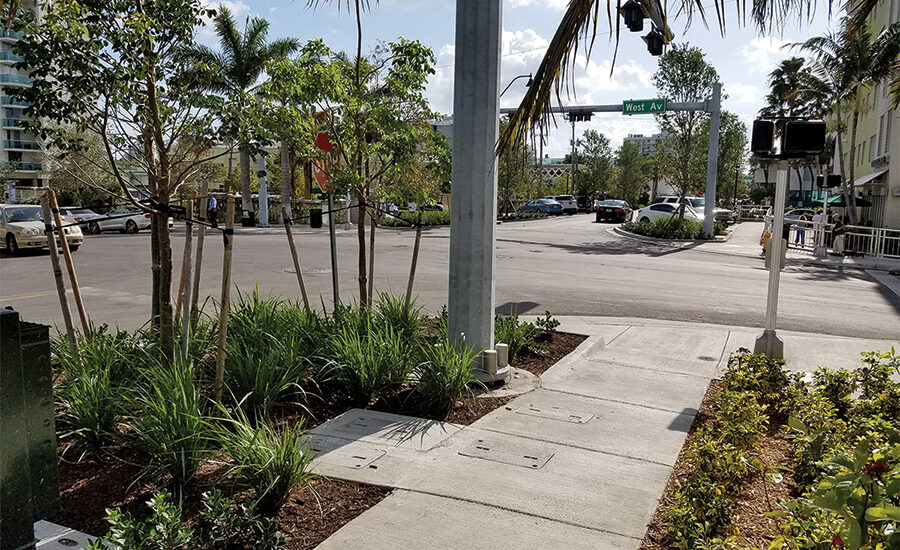
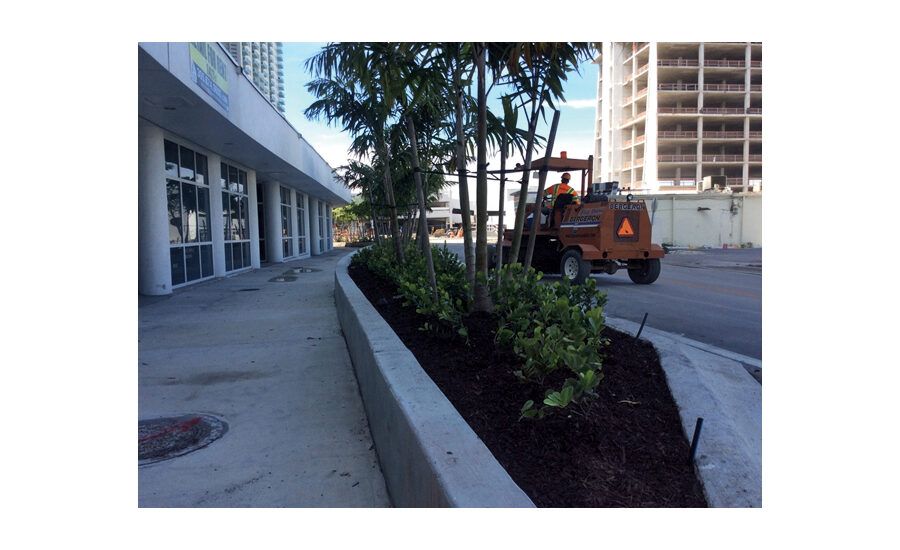
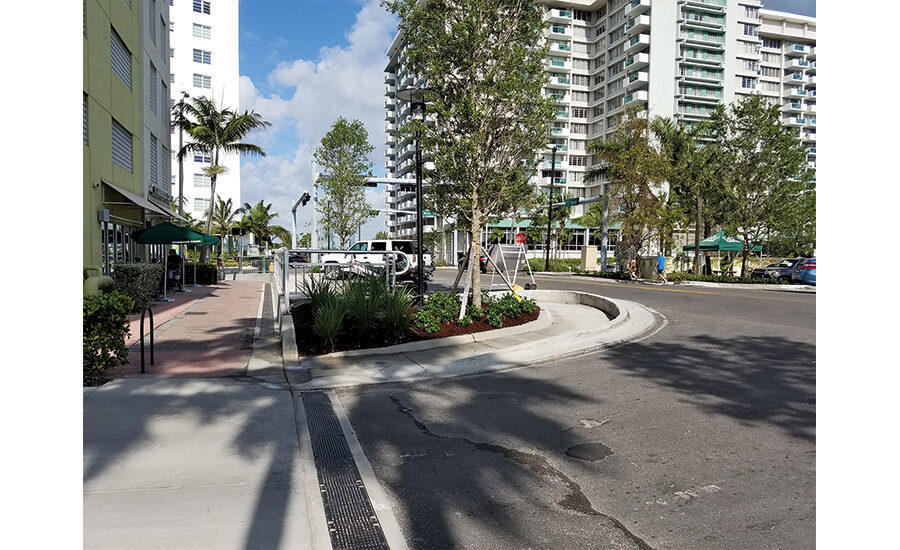

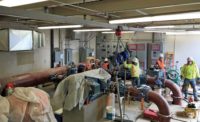

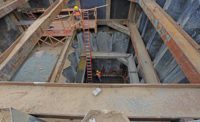
Post a comment to this article
Report Abusive Comment